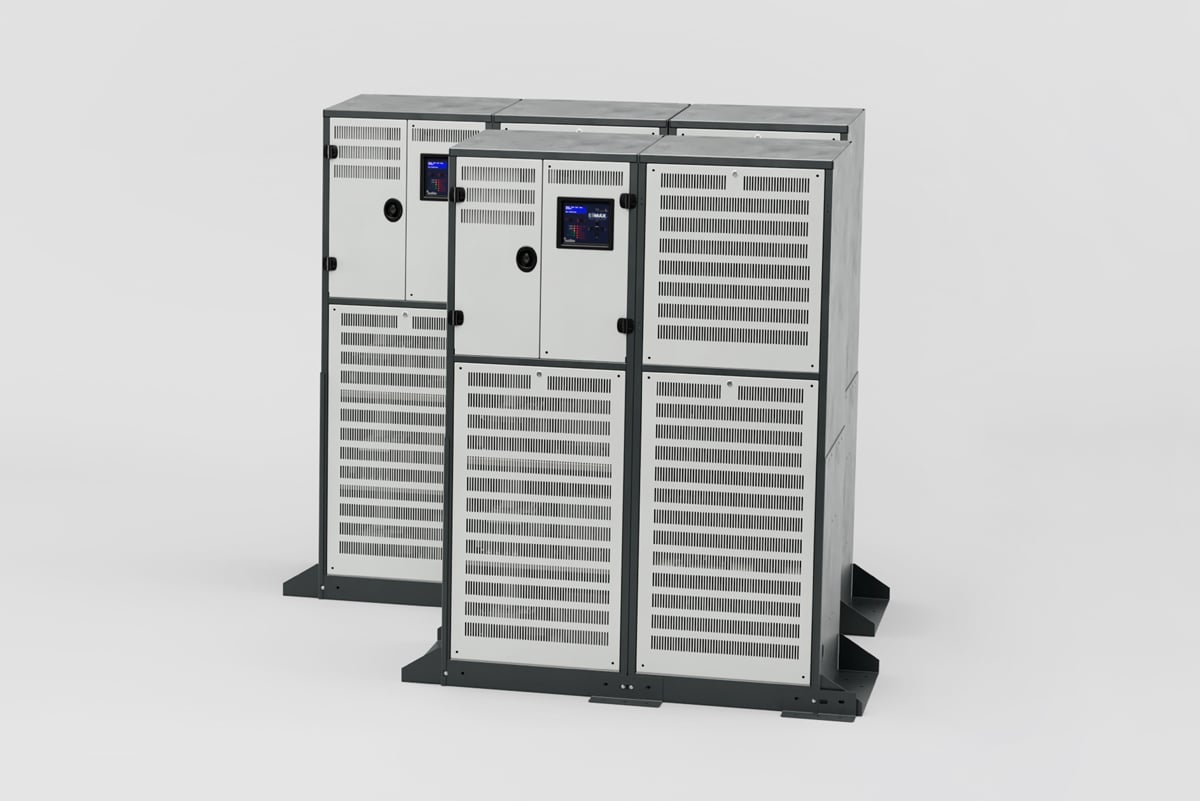
Inverters are essential devices in electrical engineering, as they play a crucial role in transforming power, direct current (DC) to alternating current (AC). Whether powering residential or commercial applications, there are several considerations you need to make. In this blog, we’ll explore the different phases of inverters, shedding light on how they operate and the pros and cons.
AC vs DC
Let’s back up for just a moment. What is AC and DC power? Alternating current (AC) wins for power distribution. AC power flows in opposite directions and creates the sine wave. It is safer, easier, and less costly to generate power. Direct current (DC) or non-alternating current flows in one direction. DC is more stable and is often used in electronics and battery storage. Think of the charger for your cell phone or laptop. Click here to learn more.
Alternating current phases explained.
An “inverter phase” in electrical engineering describes one of the two or three phases of an alternating current (AC) signal. There is only one phase in a single-phase AC signal, and the voltage and current rise and fall together. In a three-phase AC signal, there are three phases, and the voltage and current of each phase are offset by 120 degrees from each other.
Inverter phases are essential in various applications, including power electronics, motor control, and audio amplifiers. Inverter phases convert direct current (DC) power to AC power in power electronics. In motor control, inverter phases control the speed and direction of electric motors. In audio amplifiers, inverter phases are used to drive the speakers.
Single-Phase Inverters
Single-phase inverters represent the most basic and widely used type of inverter. They are primarily employed to convert DC power into a single-phase AC output. These inverters are known for their simplicity, cost-effectiveness, and ease of installation, making them popular for powering homes, small businesses, and numerous low-power applications. It is typically the last leg between a sub-panel and the lighting or other devices requiring a backup power source. It is a single voltage in and a single voltage out. They convert DC power from an authority, such as a battery or solar panel, into a single-phase AC output. This type of inverter is widely used in homes and small businesses where a limited number of electrical devices must be powered. Single-phase inverters are characterized by their relatively straightforward design, making them cost-effective and easy to install.
Pros: cost-effective, easy to install, simple in design.
Cons: lower power output, less stable.
Three-Phase Inverters
Three-phase inverters are the most common inverter for commercial installations. Three-phase inverters usually have 480v/277v input at the main panel, and then they feed several sub-panels. They provide a balanced load and better power quality, making them suitable for systems with complex power requirements.
Pros: efficient, greater output & stable power.
Cons: more complex, higher cost.
Two-Phase Inverters
Imagine a three-phase system with a wire removed. It has the same input and output voltages as three-phase inverters but only has two phases. This system doesn’t exist in many new construction applications. Still, you may have an existing three-phase system on a power pole but only two steps coming into the building, or your application will drive 277v lighting directly. Two-phase inverters are the least common inverters in the market.
Pros: efficient, precise control.
Cons: limited use creates higher cost compatibility issues with single or three-phase equipment.
Split-Phase Inverters
Split-phase inverters are unique and uncommon in commercial or industrial applications but are very common in residential applications. They are out of phase; one is high, and one is low. They provide two-phase AC output, creating a split-phase system with 120V lines and a 240V line. This configuration is suitable for powering a wide range of household appliances and accommodating 120V- and 240V loads. Split-phase inverters are pivotal in ensuring efficient power distribution within homes and other settings requiring such voltage options.
Pros: precise control, efficient
Cons: limited application, higher cost, compatibility issues
In conclusion, the choice of inverter depends on the specific requirements of your application, taking into account factors such as power capacity, efficiency, cost, and the type of devices you need to power. Each type of inverter has advantages and disadvantages, and selecting the right one is crucial to ensure reliable and efficient power conversion.
Isolite Inverters
Isolite offers American made, industry leading small, medium, and building-scale inverters, in addition to training, monitoring and start-up support.







